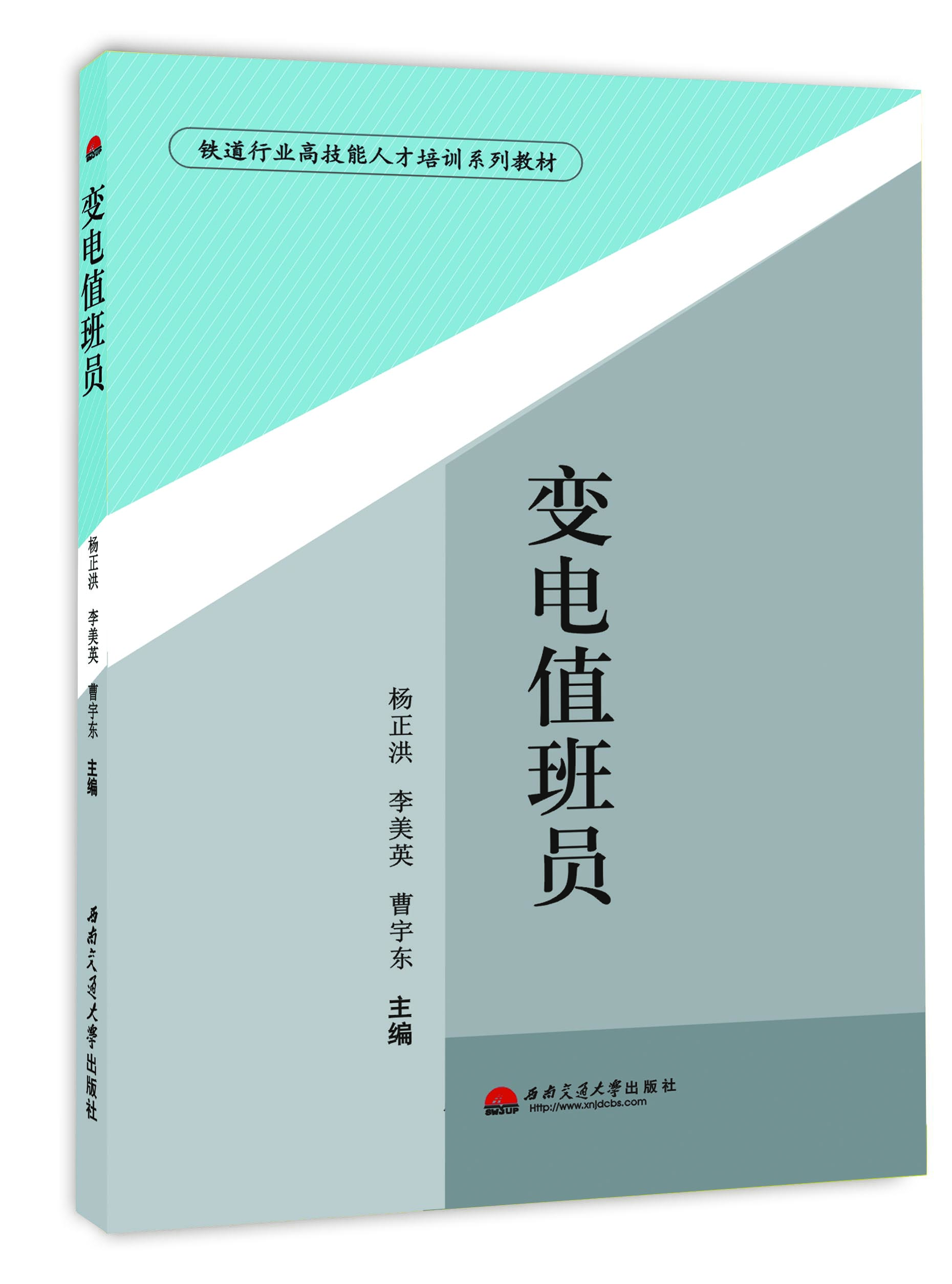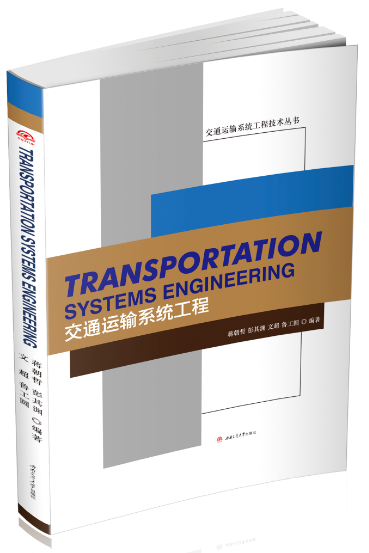-
 变电值班员
变电值班员作者:杨正洪,李美英,曹宇东主编
本书遵循以职业能力为导向、以胜任工作为重点的原则,在教材内容组织上采用项目和任务的形式,加强实践性教学内容,以满足企业对专业技术人才岗位工作能力的要求。
本书共有三个单元十个项目,由新疆铁道职业技术学院电气工程教学部和哈密供电段共同完成,其中第一单元项目一电工基础知识、项目二电工基本操作由张怀丽老师编写,项目三触电救护及防触电技术由杨乐老师编写,第二单元项目四供电系统由陈淑珍老师编写,项目五牵引变电所电气设备由杨正洪老师编写,项目六变电所主接线和倒闸作业由哈密供电段曹宇东编写,项目七二次回路由李月娥老师编写,项目八继电保护由王荣老师编写,项目九变电所综合自动化技术由康雪花老师编写,第三单元由李美英老师编写。
本书由新疆铁路高级技术学校组织筹划,采取校企合作的方式,联合乌鲁木齐铁路局工务处和各工务段专业处室的骨干技术力量共同编写,在此对他们的辛苦努力和大力支持表示衷心感谢! -
 公路隧道消防
公路隧道消防作者:张泽江, 主编
自改革开放以来,公路作为国民经济发展的重要基础设施在我国得到了迅速的发展,其里程逐年增加、等级逐步提高。随着我国公路建设的发展,公路隧道建设规模及其技术需求越来越大,公路隧道消防工程也越来越受到人们的关注。本书以公路隧道火灾特点以及公路隧道消防安全为切入点,借鉴了国内外关于隧道消防的先进理念,不仅探讨了山岭隧道、城市隧道和水下隧道的消防保护理论基础,而且还进一步剖析了隧道的消防保护及具体措施。同时,通过对隧道消防保护技术的实例分析,试图构建一个较为系统全面的隧道消防安全评估、防火保护体系,其内容涵盖了国内外公路隧道的安全现状、隧道火灾事故分析、公路隧道火灾场景研究、公路隧道安全等级及设施的确定、隧道内部结构防火、隧道防烟排烟、人员疏散逃生、隧道消防灭火、电气消防、安全性评价、雅西高速公路泥巴山隧道实体火灾试验、火灾后隧道内砌的鉴定与修复、消防安全管理等,对促进完善隧道消防保护理论水平的发展以及将研究成果应用于实践中的隧道安全设计具有一定的积极意义。
本书可作为高等学校安全工程与消防工程专业研究生、高年级本科生的教材,也可作为公路管理、公路运营、消防、火灾风险评估、消防安全检查与管理、火灾安全咨询、火灾保险、建筑防火、建(构)筑消防、建筑规划、消防控制操作等相关人员的参考书。
图书分类
Book classification- 本书介绍了交通运输系统工程的方法和应用,主要内容包括交通运输系统分析,交通运输系统模型,交通运输系统预测,交通运输系统网络分析,交通运输系统仿真,交通运输系统决策,交通运输系统决策支持,智能运输系统等9个章节的内容。本书系交通运输类专业核心研究生课程的英文版教材,可适用于交通运输相关专业的本科生、研究生,以及工程技术和管理人员学习和参考。
- Preface
Since the 1970s, with the development of science and technology, as well as the social progress, more a...查看更多
- 1.1 System Engineering
1.1.1 Conception of System
Which era do our human beings live in? How can we ...查看更多
-
CONTENTS
Chapter 1 Overview of Transportation System Engineering 1
1.1 System Engineering 1
1.2 Transportation Syst...查看更多 - 蒋朝哲: 西南交通大学 副教授 交通运输系统 国家省部级及横向课题20余项,论文发表60余篇,其中被SCI,EI,ISTP收录近20余篇。
彭其渊:西南交通大学 教授 国家级教学名师





